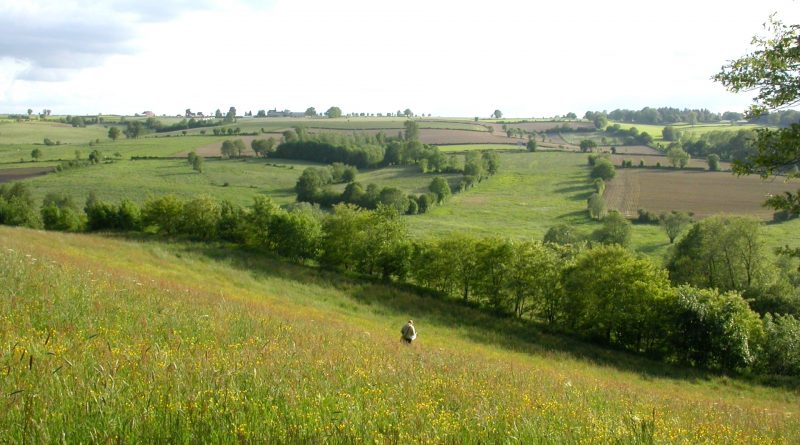The ecological function of the hedges
The ecological function of the hedges
The plant and the maintenance of the hedges are so ancient practices that are lost in the mists of time. The hedges have characterized the agricultural landscapes and the parks for several centuries living alongside the man and the successive generations.
Unfortunately, in agricultural landscapes, with the emergence of intensive agriculture after the 50s, these boundaries of the fields, these natural membranes, have disappeared, often limited to windbreaks, to give life to ever larger plots (like macrocellule) with a few little hills, very few areas of vegetation, whether they be hedges, shrubs, or simple strips of grassed soil.
The agro-ecological function of hedges is so important that it is unthinkable to assume sustainable agriculture without their presence on farms.
In effect, hedges perform the same function as cell membranes. As these hedges play:
• function of physical isolation, between microenvironments and dissipative systems;
• function of selective filtering, of microorganisms, powders, pollens, ensuring greater stability of agro ecosystems;
• function of communication surface, through the exchange of the flora and fauna contained in them, with the neighboring ecosystems, thus conferring greater stability to these;
• biochemical function of surface and subsurface (root systems) with synergistic exchange of the active ingredients with the surrounding species (eg repulsive action to the insects of some plants).
For this reason the hedges are also a place of conservation and reproduction of the predators of the parasites of the crops planted. The number and variety of organisms that find shelter in the hedge is truly high. Hedges therefore perform, among other roles, that of real natural pesticides, which would allow field leaders considerable savings on anticryptogamic products. Hedges can also be considered elements of diversification of the landscape enriching it with evocative symbolic meanings, enhancing it and enriching it.
In fact, we remember that hedges have often been conceived for their very effective role as windbreaks in the contrast to phenomena of wind erosion; these last ones often represent strong limitations for the cultivation of plants and can determine potential fertility reductions of agricultural land over time. Ultimately, the contribution of hedges and trees consists mainly in increasing the overall balance of the corporate ecosystem and these different actions and mechanisms lead to a potential increase in production.
Without going too far into the specificity of the realization of the types of hedges these carry out the following macroscopic actions: windbreak and improvement of the micro-climate; protection against external agents; soil protection against erosion; maintenance of biological balance; direct and indirect production function.
Thinking today of modern and agro-ecological companies in the projection of a new Rural Landscape without the presence of hedges is like thinking of the human body without cells and membranes.
Guido Bissanti

